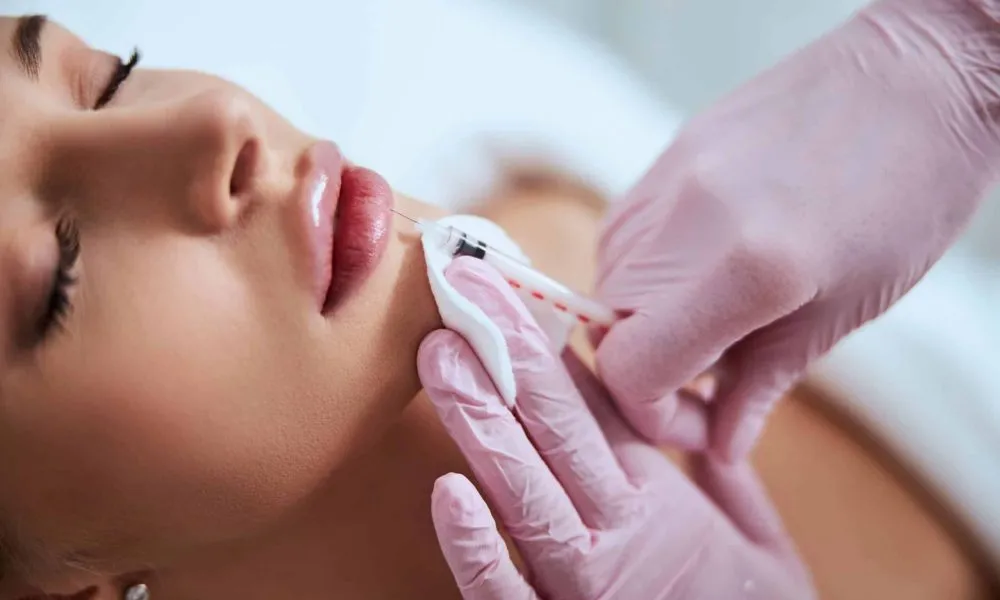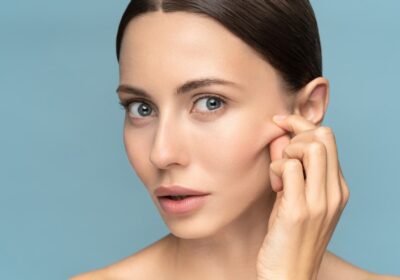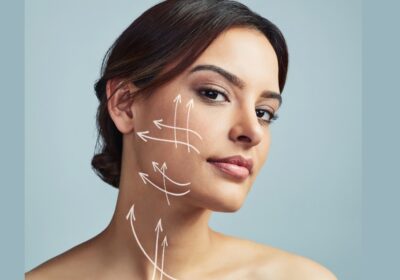
How Do I Choose the Right Type of Dermal Filler and What Factors Should I Consider?
In recent years, dermal fillers have become a popular option for those seeking to smooth out wrinkles, enhance facial features, and restore youthful volume to the face. But with so many options available, how do you know which dermal filler is right for you? Choosing the right dermal filler isn’t a one-size-fits-all decision—it involves considering several factors. From your skin type to your aesthetic goals, these elements play a significant role in determining the best filler for your needs.
In this article, we will explore the different types of dermal fillers, key factors to consider before getting a treatment, and how to make an informed decision for achieving the best results.
What Are Dermal Fillers?
Dermal fillers are injectable substances used to restore volume, smooth wrinkles, and enhance facial contours. They can be made from a variety of materials, each offering unique benefits for different needs. Dermal fillers work by filling in areas that have lost volume or elasticity, such as laugh lines, hollow cheeks, or thin lips, giving your face a smoother, fuller appearance.
Different Types of Dermal Fillers
When it comes to dermal fillers, there are several types to choose from. The most common ones include:
Hyaluronic Acid Fillers (HA): One of the most popular choices, HA fillers like Juvederm and Restylane are widely used for smoothing wrinkles and plumping lips. Since hyaluronic acid is naturally found in the skin, these fillers are typically well-tolerated.
Calcium Hydroxylapatite Fillers (CaHA): Radiesse is a well-known brand in this category. These fillers are thicker and work well for deeper lines and volume loss in areas like the cheeks.
Poly-L-Lactic Acid Fillers (PLLA): Sculptra falls into this category. This filler stimulates collagen production in the skin and is ideal for people seeking gradual and long-lasting results.
Polymethylmethacrylate (PMMA) Fillers: PMMA-based fillers like Bellafill are permanent fillers often used for deeper wrinkles or scars.
How Do Dermal Fillers Work?

Dermal fillers work by physically adding volume to targeted areas of the face. They can restore lost volume due to aging, sun exposure, or other factors. Some fillers, like HA, also attract water to further plump the skin, while others stimulate collagen production, which helps to gradually improve skin texture over time.
Think of it as patching a tire with a little extra padding. You’re not just filling in the hole; you’re boosting the overall structure so that the skin becomes firmer and smoother.
What Are Your Aesthetic Goals?
Before choosing a dermal filler, consider what you hope to achieve. Do you want to smooth fine lines around your mouth or eyes? Are you looking to restore lost volume in your cheeks or temples? Or do you want to enhance the shape of your lips?
Identifying your aesthetic goals will help narrow down the types of dermal fillers that will deliver the best results for your needs.
Consider Your Skin Type
Your skin type plays a significant role in determining which dermal filler will work best for you. For instance, people with thinner skin or those who are prone to bruising may find that softer fillers, like HA, provide smoother and more natural-looking results.
On the other hand, thicker or more elastic skin may benefit from a denser filler like CaHA, which offers more support for deeper lines and creases.
Age and the Effect of Dermal Fillers
Age can affect how dermal fillers work. Younger individuals might only need fillers for subtle enhancements, like fuller lips or smoothing fine lines, while older individuals may require more substantial volume restoration. As we age, our skin loses collagen and elasticity, so more robust treatments might be necessary for effective rejuvenation.
Longevity of Results
Different fillers have different lifespans. Hyaluronic acid fillers, for example, usually last around six months to a year, while PLLA fillers can last up to two years. If you want long-term results, consider fillers that stimulate collagen production, as these offer more lasting effects.
It’s also important to keep in mind that some people may require touch-ups to maintain the effects.
Allergies and Sensitivities
Before choosing a dermal filler, consider any allergies or sensitivities you may have. Most fillers are biocompatible, but some people may be allergic to certain ingredients. Be sure to discuss your medical history and any concerns with your provider beforehand.
Consulting a Professional
Consulting with a certified and experienced professional is crucial in ensuring you choose the right dermal filler. They will assess your face, listen to your goals, and help you select the best option. They will also guide you through potential risks and provide realistic expectations of what can be achieved.
The Treatment Process
The dermal filler treatment process is relatively quick and minimally invasive. A skilled practitioner will carefully inject the filler into targeted areas. Some fillers contain lidocaine, which helps to numb the area, making the treatment more comfortable. After the procedure, you may experience slight swelling or bruising, but most people are able to resume normal activities immediately.
Side Effects and Risks
As with any cosmetic procedure, there are potential side effects and risks. Common side effects of dermal fillers include swelling, bruising, and redness at the injection site. More severe risks, though rare, include infection or uneven results. That’s why it’s important to choose a skilled professional to minimize these risks.
Costs and Budget Considerations
Dermal fillers come at varying price points. Factors such as the type of filler, the area being treated, and the experience of the provider all influence the cost. On average, treatments can range from a few hundred to a couple of thousand dollars. Consider your budget and be aware that more lasting fillers may initially cost more but may save you money in the long run due to their longer lifespan.
How to Maintain Your Results
To maintain your dermal filler results, follow your provider’s aftercare instructions. This may include avoiding excessive sun exposure, staying hydrated, and not massaging the treated areas. Regular touch-up treatments will help keep your results looking fresh.
Finding the Right Provider
Choosing the right provider is one of the most important factors when getting dermal fillers. Look for a licensed and experienced professional who understands your needs and provides clear, honest information about the procedure.
Conclusion
Choosing the right type of dermal filler in Melbourne doesn’t have to be overwhelming. By understanding the different types of fillers and considering your specific needs, you can make an informed decision that will leave you looking and feeling your best. Remember, it’s not just about the filler you choose but also the expertise of the cosmetic clinic and the consultation process that ensures the best outcome.
FAQs
1. How do I know if dermal fillers are right for me?
If you’re looking to restore volume, smooth wrinkles, or enhance facial features, dermal fillers could be a great option. Consult a professional to see if they align with your goals.
2. How long do dermal filler results last?
The duration of results depends on the type of filler used, with some lasting anywhere from six months to two years.
3. Are dermal fillers safe?
Yes, dermal fillers are generally safe when performed by an experienced, licensed provider. Be sure to discuss any concerns or medical conditions beforehand.
4. How much do dermal fillers cost?
Prices vary based on the type of filler and the area being treated, but you can expect to pay anywhere from $500 to $2,000 per treatment.
5. Can dermal fillers help with deep wrinkles?
Yes, certain dermal fillers, like Calcium Hydroxylapatite and Poly-L-Lactic Acid, are particularly effective for treating deeper wrinkles and restoring volume in areas like the cheeks.
















